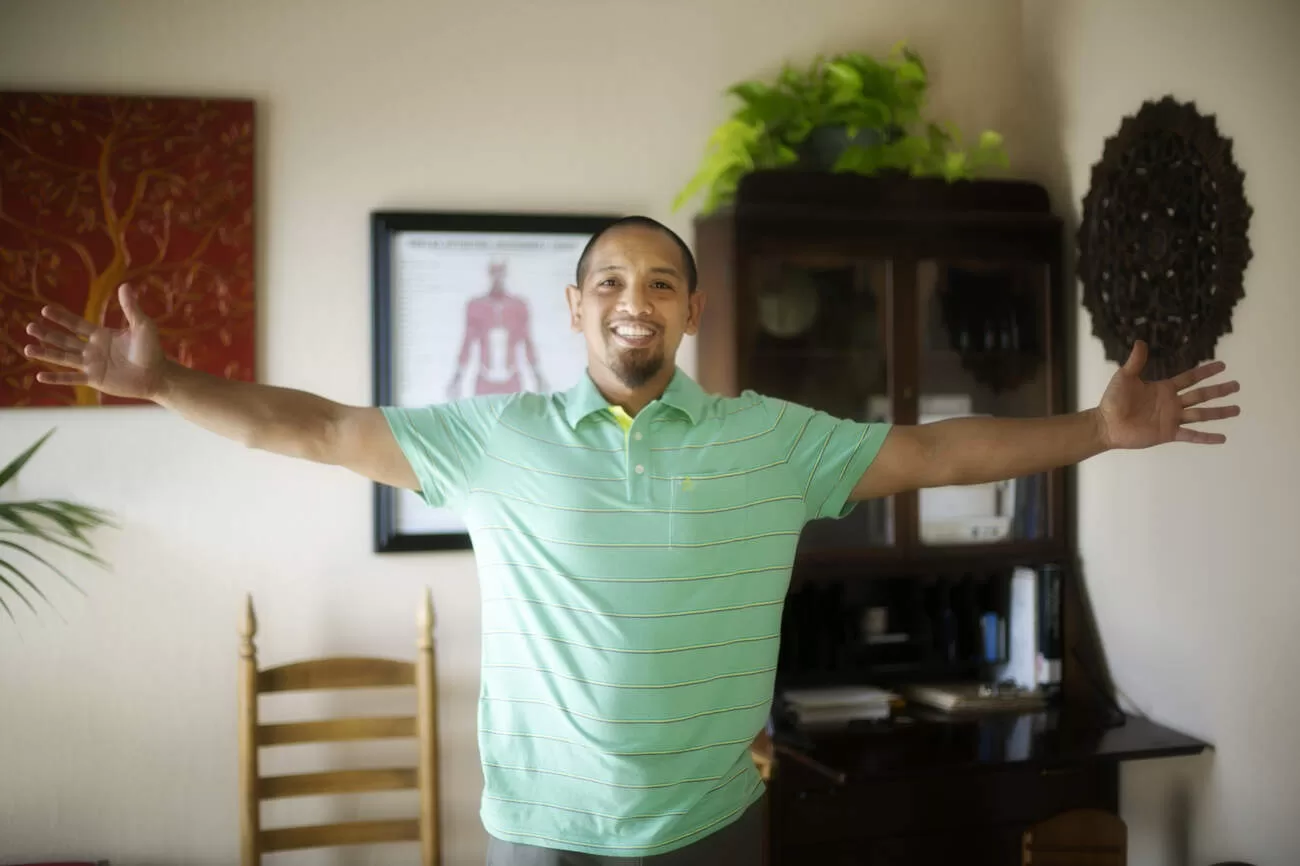If you’re like most people, you probably experience pain in your muscles from time to time. You may not even realize how often you use your muscles until they start to hurt. When this happens, it’s important to seek treatment as soon as possible. One of the most popular treatments for muscle pain is Active Release Technique (ART). In this blog post, we will discuss 5 fast facts about ART that you should know!
Active Release Technique massage, or ART, is a safe and easy way to end the pain of sports injuries. Even pain from old injuries can often be alleviated with Active Release massage. Is ART right for you? Can you use this method to release your pain and get back into competition form quickly?
What is Active Release Technique?
It was founded by Dr. P. Michael Leahy and has since become a widespread and widely used technique in physical therapy and chiropractic offices. Active Release Technique (ART) is a massage therapy used to treat muscle and joint pain. It is said to be more effective than traditional massage techniques. ART involves the use of hands-on pressure and stretching to break up scar tissue and release tension in the muscles and tendons. This helps improve blood flow and healing. The technique is helpful for conditions such as carpal tunnel syndrome, shin splints, tennis elbow, and runner’s knee.
- Safe and effective technique for muscle pain
- Extensively researched by professionals
- Incredibly beneficial because it often eliminates the root cause of an
injury
- Proven to be more healing than other techniques
Here are 5 fast facts about Active Release Technique:
Fact #1: Active Release Technique (ART) can help to relieve tension in the muscles and improve the range of motion.
Fact #2: The technique uses pressure and movement to stretch the muscles and break up scar tissue.
Fact #3: Active Release Technique (ART) is often used to treat conditions such as carpal tunnel syndrome, tennis elbow, and plantar fasciitis.
Fact #4: Active Release Technique (ART) can be effective in relieving pain, but it may not be suitable for everyone.
Fact #5: There is some evidence that Active Release Technique (ART) may be effective in reducing chronic lower back pain.
What is the purpose of the Active Release Technique?
Acute (sudden), cumulative (chronic), and pressure-related injuries can all be treated with Active Release Technique (ART). The method is used for a range of ailments, including:
- ITB syndrome (runner’s knee)
- Achilles tendinitis
- Hip flexor issues
- Hamstring strain
- Recovery from a major injury
- Lower back pain
- Shin splints
- Stiff neck
- Rotator cuff injury and shoulder pain
- Pinched nerves
How is it done?
There are a variety of ways to apply the Active Release Technique (ART), each dependent on the region of the body being treated. There are many different types of Active Release Technique (ART) treatments. It is determined by your physical therapist whether or not and how much treatment is needed.
Scar tissues, sometimes called adhesions, can develop between muscles, limiting flexibility, mobility, and function while also causing discomfort and stiffness. Scar tissue can also influence nerves, causing physical sensations to become more intense.
- Reduce discomfort and stiffness
- Improve flexibility, mobility, and function
- Reduce physical sensations
The physical therapist will be able to identify and isolate the region that has been injured, as well as use a variety of techniques and motions to break up scar tissue and any formations that may be there. The pressure is applied to the spot, along with instructions for the patient to walk a specific path—these activities are used to shatter scar tissue as previously stated. It’s an excellent way to increase flexibility, reduce stiffness, prevent future harm, as well as address existing concerns.
- Relieves pain and tension
- Breaks up scar tissue and formations
- Reduces recovery time
- Is a non-invasive treatment
- Increased flexibility, reduced stiffness, and prevent future harm
- Helps you address existing concerns
- Provides relief from pain due to arthritis or carpal tunnel syndrome
Is ART Massage Right for Me?
If you’re feeling any or a combination of the following symptoms, active release therapy may be right for you:
- Pain when moving or exercising.
- Nerve pain (often after a trauma, such as a slip and a fall accident, a vehicle accident, or an industrial injury) is another term used to describe persistent discomfort in one’s body part.
- Plantar fasciitis is a very painful condition in which the bottom of your foot hurts.
- Tingling or numbness in your fingers, legs, or feet.
- Limited range of motion (back discomfort, knee discomfort, or shoulder pain)
- Weakness
- Inflammation
For some people, active muscular release treatment might result in significant benefits after just one session. It may take a few sessions or longer for others to perceive a difference.
Consider scheduling an appointment with a physical therapist who specializes in active release therapy if you believe you might benefit from it.
Are You an Athlete Experiencing Pain But Don’t Know Where to Turn for Help?
Beyond Ergonomics gives athletes and desk professionals answers to their pain problems. Body imbalances, repetitive use, and lack of movement are the cause of many injuries and pain. Beyond Ergonomics helps you discover your imbalances and create change. MedicinEvolution’s purpose is to reduce pain and other symptoms that you haven’t had luck with. MedicinEvolution Bodywork Beyond Massage is the solution for many problems plaguing your body. Make your appointment today!





